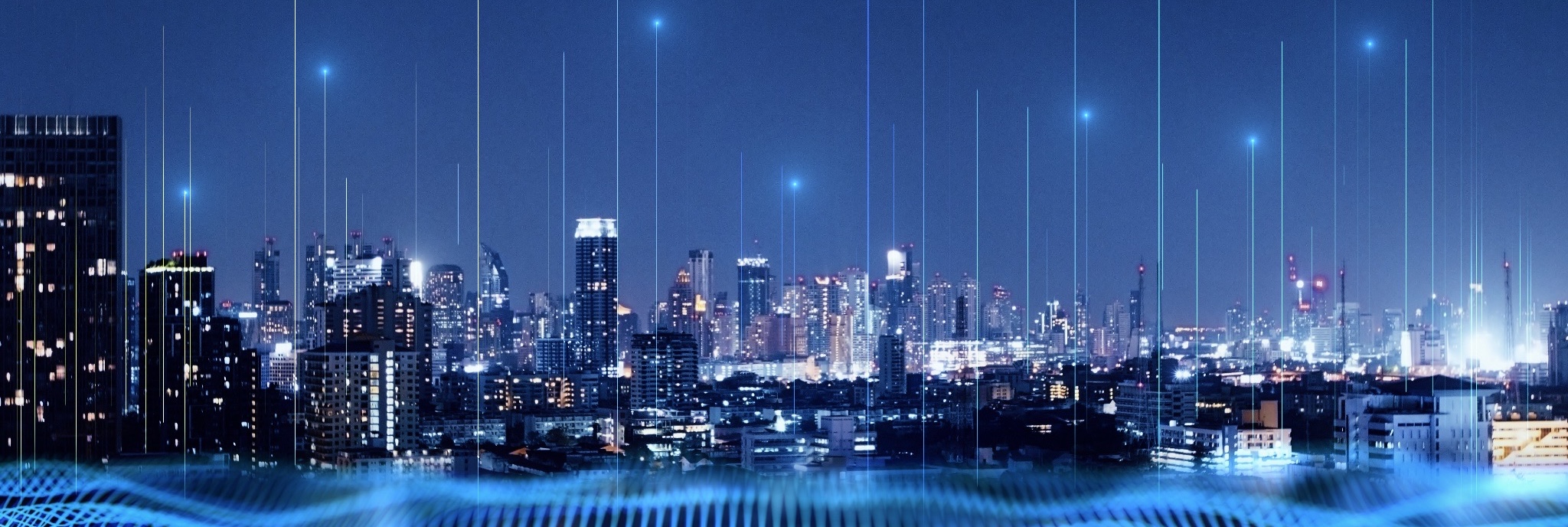The Edge-with-Cloud architecture is revolutionizing the way building management systems (BMS) operate, bringing about enhanced efficiency, scalability, and return on investment (ROI). As real estate management increasingly embraces digital transformation, these cutting-edge technologies offer a powerful solution for handling the complexities of modern smart buildings.
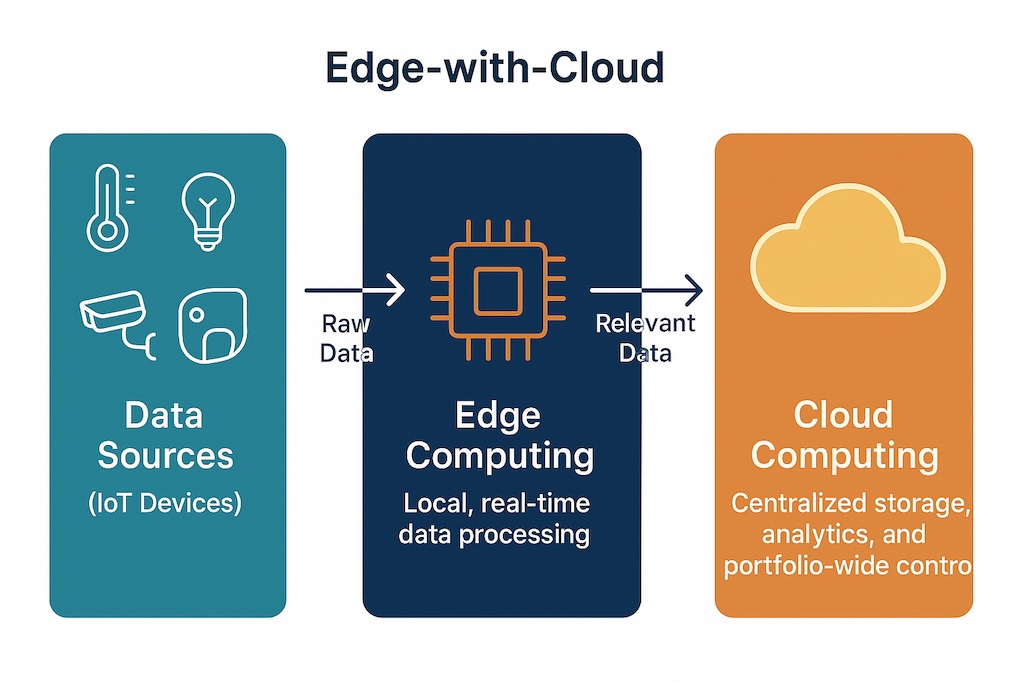
Edge computing involves processing data close to source; in the context of proptech this typically refers to sensors with on-device processing capacity. Clouds offer centralized, non-physical data centers for storage & processing of vast quantities of data. In this article we explore how Edge-with-Cloud significantly enhances BMS, and how GrydSense has incorporated these technologies into its state-of-the-art proptech solutions.
The proliferation of smart solutions and IoT devices has created a data-rich environment in modern real estate. However, traditional BMS struggle to make the most of this data. A smart building strategy should ensure holistic use of all data, low-latency real-time response, good scalability of technology, data privacy & security, and enhanced ROI. How do Edge devices and Cloud platforms help in this regard?
1. Data Aggregation and Normalization
Thanks to the myriad SILOed smart solutions – often poorly integrated with BMS – harnessing data effectively can become a challenging task. Data is generated in a variety of non-standardized types, formats, time intervals. With preprocessing at the Edge, this varied data can be normalized into uniform packets which enables effective further processing for actionable insights. Alternatively, Cloud-based platforms can use Artificial Intelligence (AI) to standardize incoming raw data into a usable format.
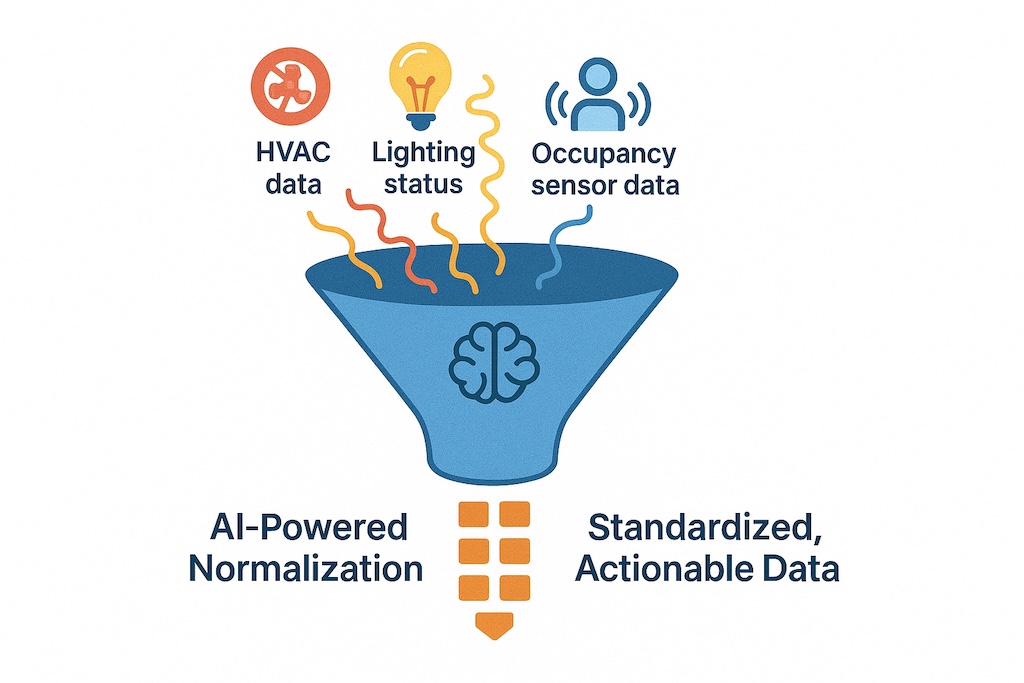
Data preprocessing and normalization helps BMS increase compatibility with different smart building infrastructures and solutions, which is especially critical in a highly fragmented and compartmentalized market. GrydSense’s Cloud-based integration approach uses AI as a middleware to standardize sensor data, ensuring wide compatibility with third party devices; preventing vendor lock-in; and enabling portfolio-wide analysis, insights, and control.
2. Improved Response Times
In traditional building setups, system response is often static, relying on presets or manual intervention. With the introduction of AI platforms BMS can process data in real-time, reducing system response times and increasing efficiency. Edge computing takes this even further, processing time-sensitive data at the source itself to enable live response.
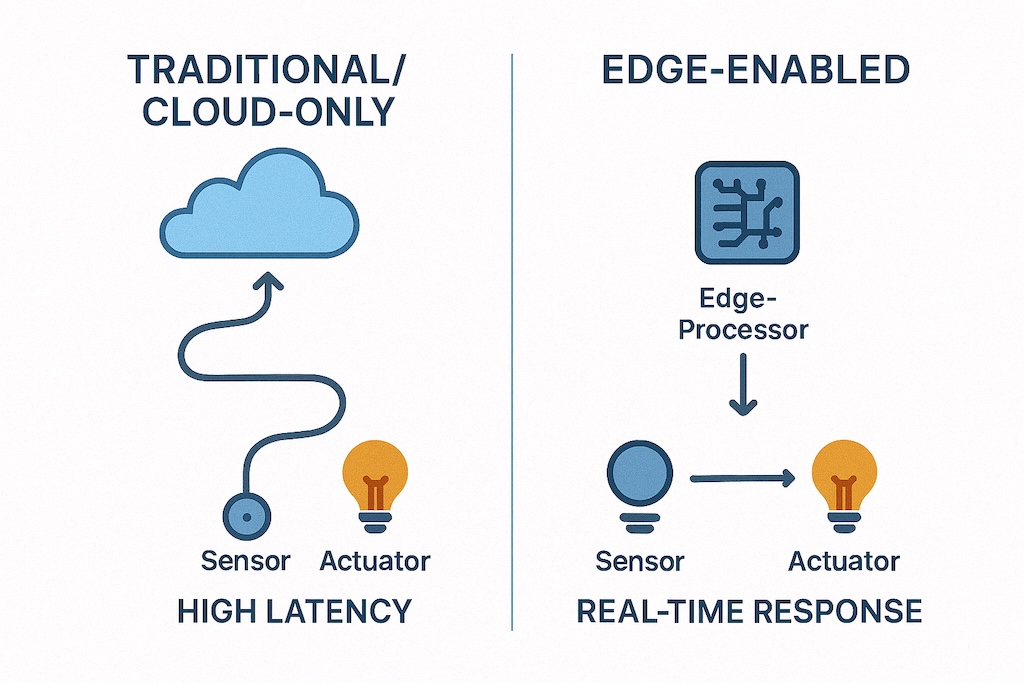
GrydSense uses AI/ML at the Edge to calculate space occupancy, enabling the on-premises processor’s AI capability to actuate immediate responses for occupancy-based HVAC, release ghost room bookings, update live displays for choice seating, and more. This holistic real-time approach not only upgrades occupant experience but also brings energy savings (up to 28% for HVAC; 50% for lighting) and improvements in space utilization efficiency (up to 30%).
3. Scalability
As the demand for smart buildings and energy-efficient solutions grows, so does the volume of data generated by sensors, devices, and systems within a building. BMS based on physical servers face severe constraints on expansion. Cloud computing offers the scalability needed to manage this data effectively. Edge computing ensures that only relevant, preprocessed data is sent to the cloud, reducing the need for expensive storage and bandwidth.
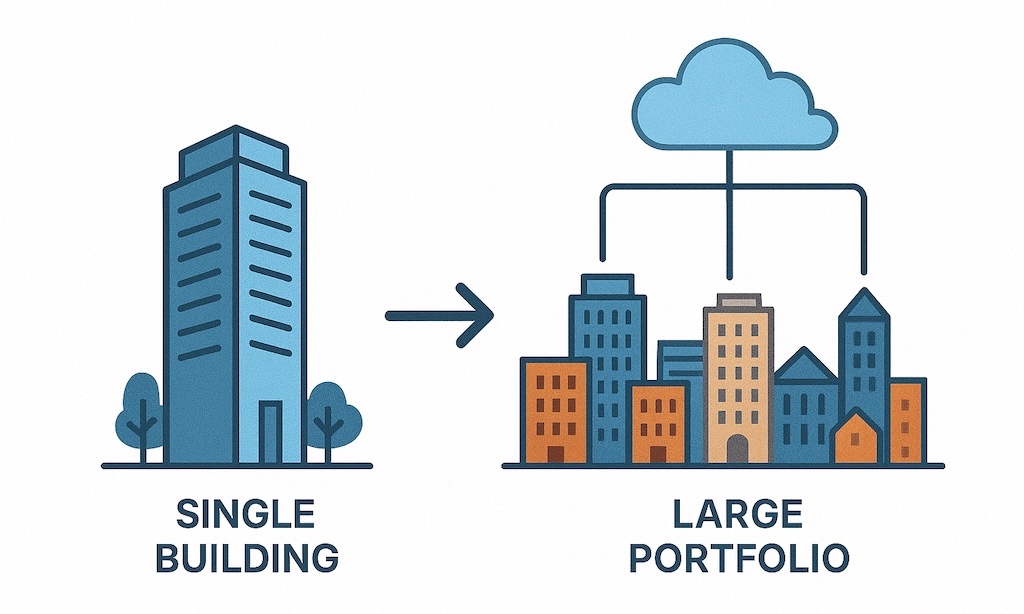
This distributed approach enables platforms like GrydSense to scale easily across multiple buildings or even large property portfolios without overwhelming the Cloud infrastructure. Further, GrydSense’s AI-driven technology integration ensures high retrofittability, enabling scaling across older building stock and brownfield projects.
4. Data Privacy and Security
Real estate managers and building owners are often tasked with ensuring that the data gathered through BMS remains secure and complies with privacy regulations. When data is sent to a central Cloud server, it can be vulnerable to cyberattacks or breaches if not properly encrypted or secured. However, by leveraging Edge computing sensitive data can be processed locally, reducing the need for frequent data transmission to the Cloud. This minimizes the potential attack surface and adds a layer of security by ensuring that only necessary, non-sensitive data is sent to Cloud servers.
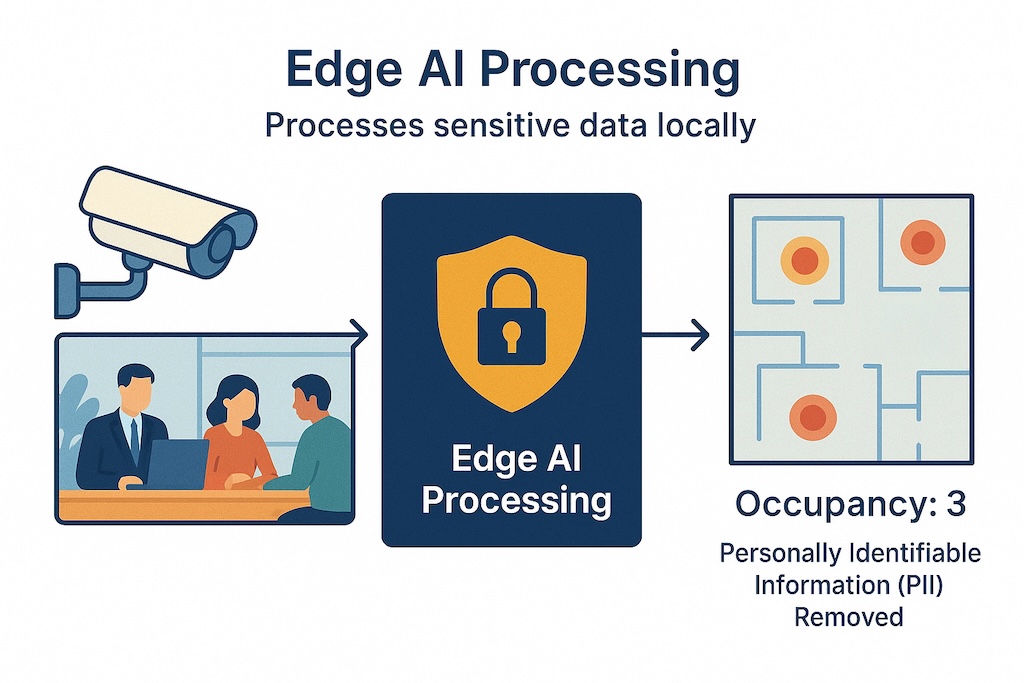
GrydSense’s high accuracy occupancy sensors, based on human footprint recognition, use AI/ML-powered image processing at the Edge. This ensures minimum exposure of Personally Identifiable Information and at-source anonymization of data.
5. Enhanced ROI
The integration of Edge and Cloud computing delivers significant ROI. By improving operational efficiency through faster response times and reduced energy consumption, building managers can significantly lower operating costs. Edge computing minimizes the need for heavy Cloud bandwidth and storage, lowering ongoing operational costs. Predictive maintenance powered by Cloud analytics ensures that equipment failure is minimized, extending the life of critical systems and reducing costly repairs.
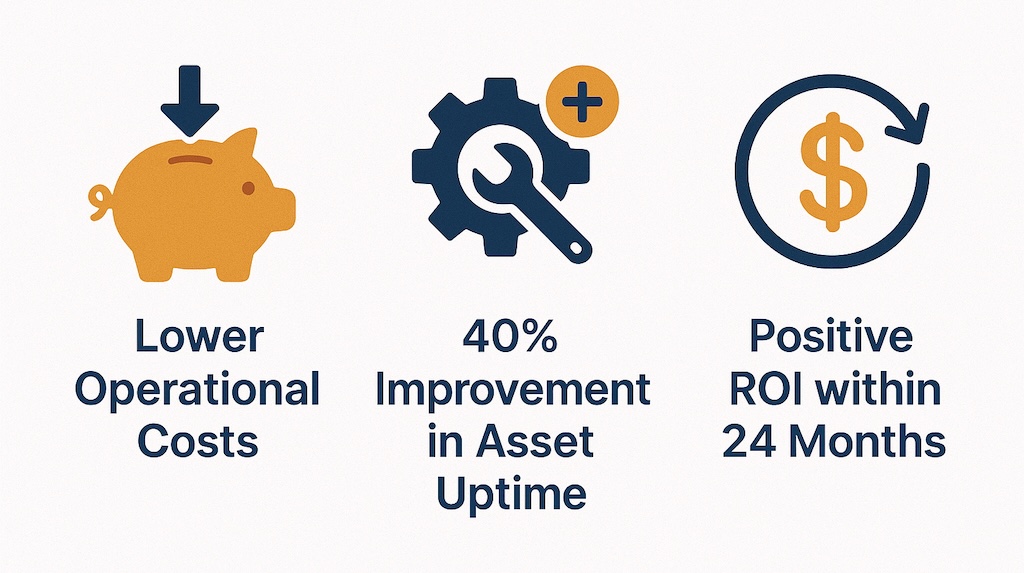
GrydSense’s use of Edge computing and Cloud-based integration & analytics has improved smart solution effectiveness by up to 50%, with 75% lower costs, and return on investment within 24 months. Equipment management based on long-term data analysis helps GrydSense clients improve asset uptime by 40%.
Conclusion
Efficient, scalable, retrofittable strategies for de-carbonization of buildings are the need of the hour. Edge-with-Cloud platforms are coming to the fore, reshaping BMS by improving data standardization, reducing response times, increasing scalability, ensuring data privacy & security, and driving a higher ROI.
As an early adopter of Edge-with-Cloud, GrydSense has helped top MNCs upgrade their global portfolios for de-carbonization, sustainable & efficient operations, space optimization & planning, and employee well-being. With real-time, intelligent, closed-loop systems real estate is stepping into the world of sustainable self-managing buildings, and companies like GrydSense are leading the way.
